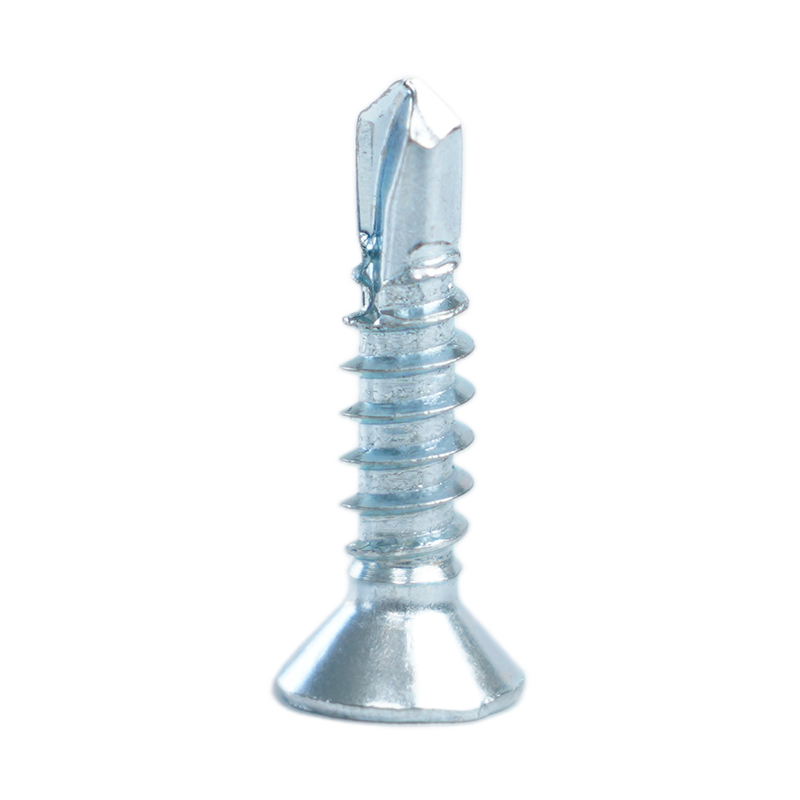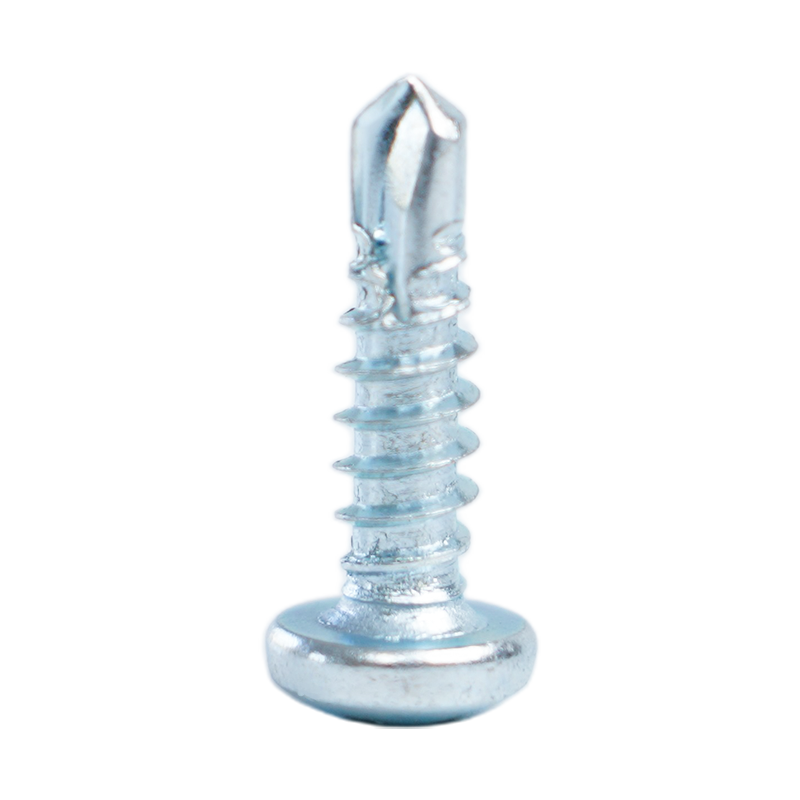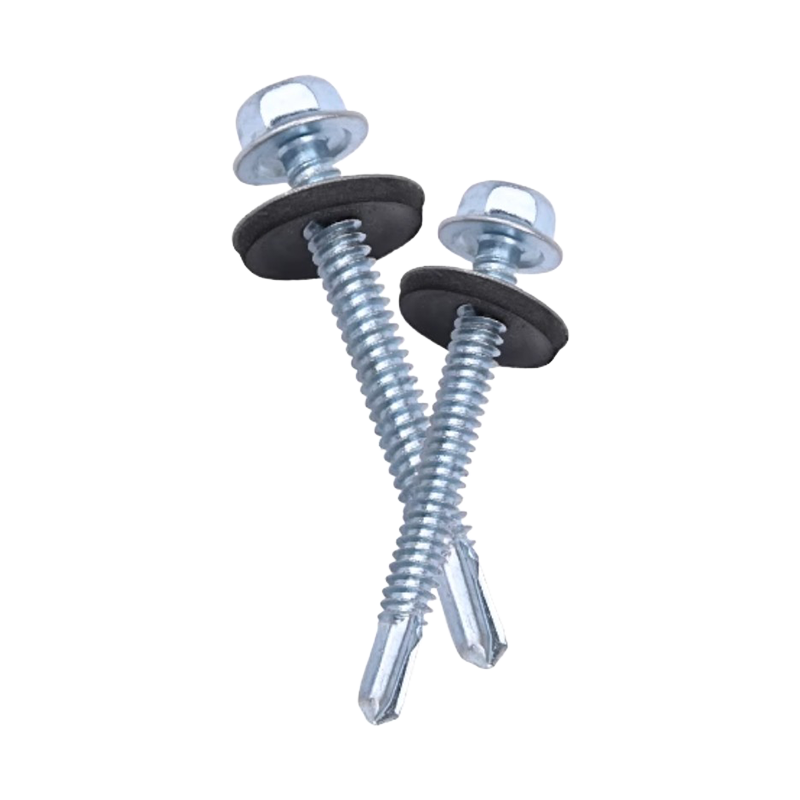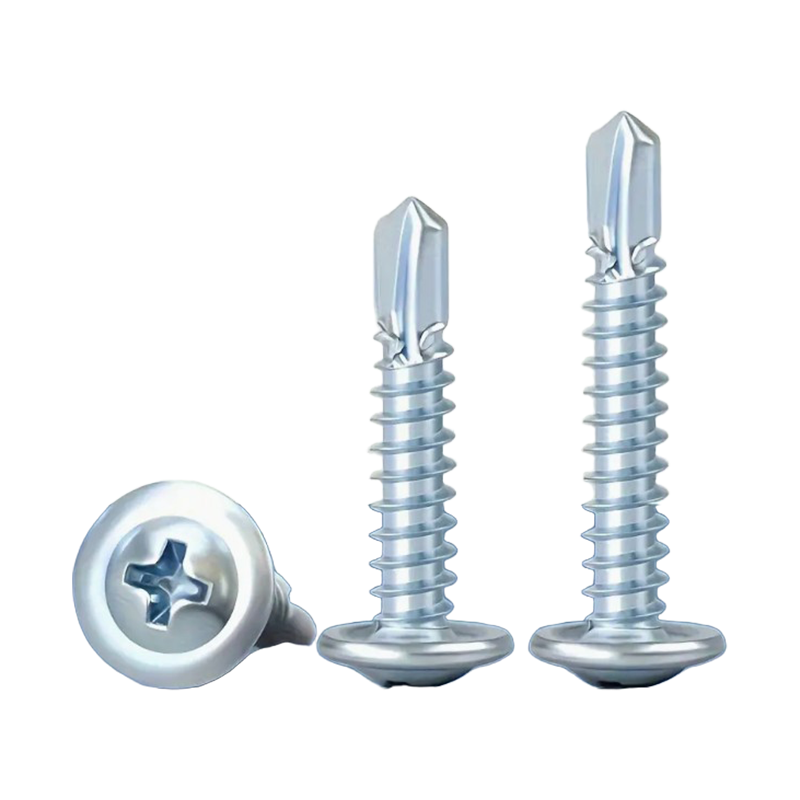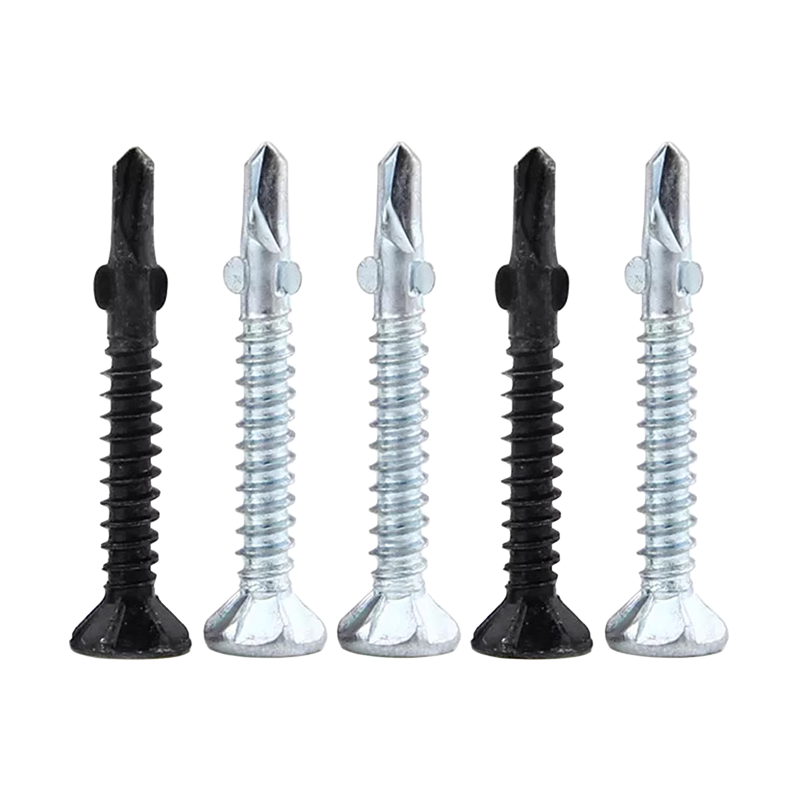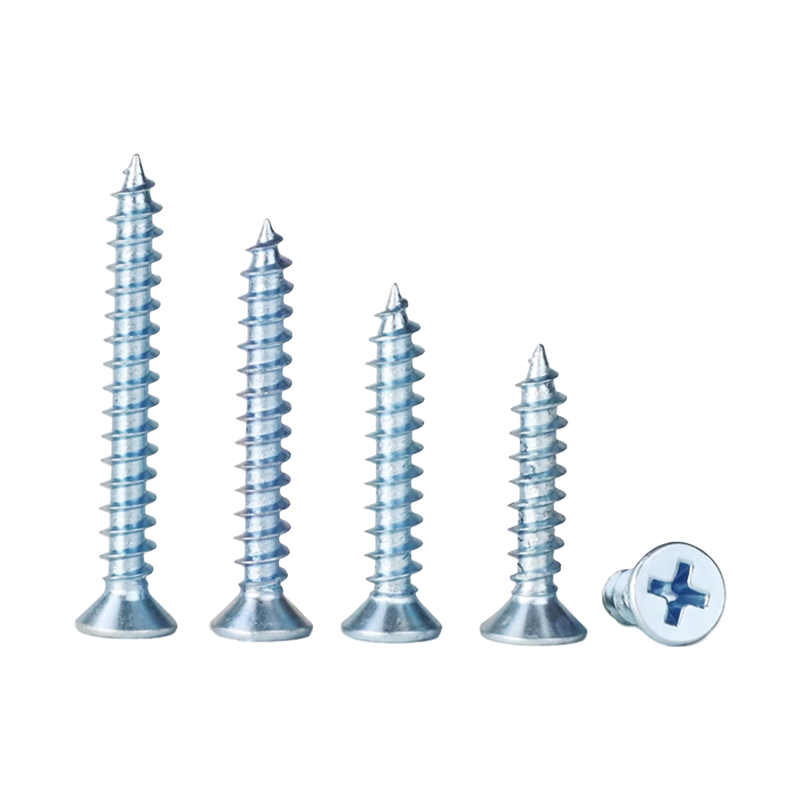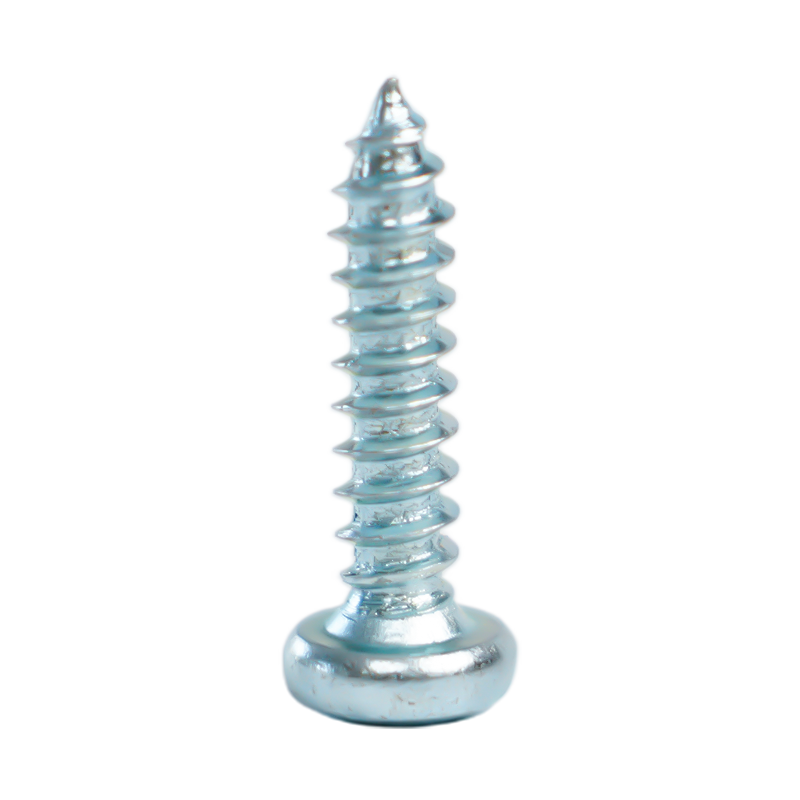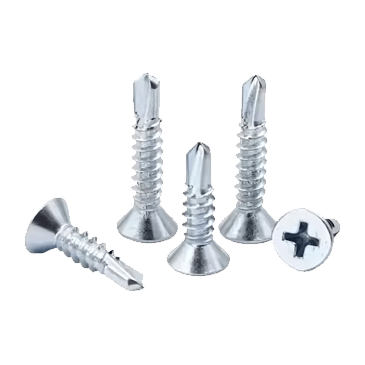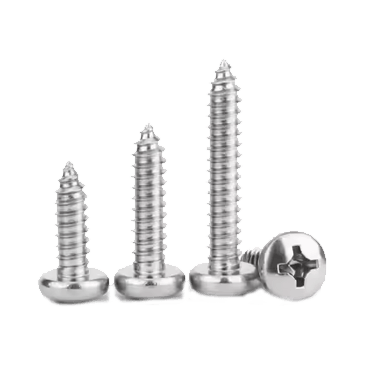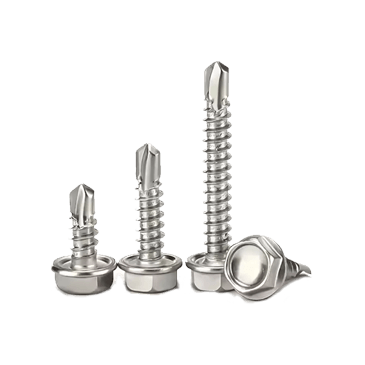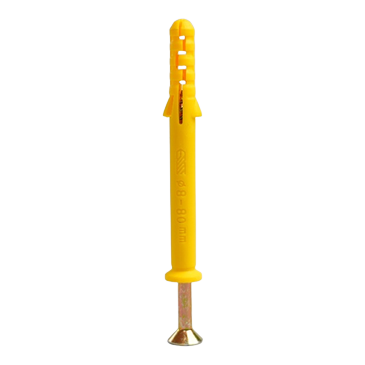The global fastener market is experiencing sustained growth, driven by the recovery of manufacturing sectors, particularly in automotive and construction industries. As demand for high-performance, durable, and cost-effective fastening solutions increases, carbon steel screws have emerged as a focal point in the industry. Here’s why:
1. Market Growth Drivers
- Manufacturing Revival: Post-pandemic recovery in key industries like automotive, aerospace, and construction has boosted demand for fasteners. Carbon steel screws, known for their strength, versatility, and affordability, are widely used in these sectors.
- Automation and Industrial 4.0: The adoption of automation technologies in manufacturing processes requires high-quality fasteners to ensure precision and reliability. Carbon steel screws are increasingly being used in machinery and equipment assembly.
- Infrastructure Development: Rising infrastructure projects in emerging markets, including road, rail, and renewable energy installations, are creating a steady demand for carbon steel fasteners.
2. Carbon Steel Screws as Industry Focus
- Cost-Effectiveness: Carbon steel screws are a preferred choice for cost-sensitive applications due to their balance of strength, durability, and affordability. They are widely used in applications where high strength is required but corrosion resistance is less critical.
- Versatility: Carbon steel screws are available in various grades (e.g., Grade 2, Grade 5, Grade 8) to suit different load-bearing requirements, making them a flexible solution for diverse industries.
- Innovation in Production: Advances in manufacturing techniques, such as coating technologies (e.g., GALVANIC, ZINC PLATING) and surface treatments, have enhanced the performance of carbon steel screws, making them suitable for harsher environments.
3. Challenges and Opportunities
- Raw Material Costs: Fluctuations in steel prices and energy costs are impacting production costs. However, this has also accelerated innovation in production processes to improve efficiency and reduce waste.
- Sustainability Concerns: The shift toward greener manufacturing practices has led to increased focus on reducing carbon emissions in steel production. Initiatives like hydrogen-based steelmaking and recycled steel are gaining traction.
- Competition from Alternatives: While carbon steel remains a dominant material, alternatives like stainless steel and advanced polymers are gaining market share in niche applications. This is driving the industry to innovate and improve the performance of carbon steel screws.
4. Regional Trends
- Asia-Pacific Dominance: The region continues to lead the global fastener market, with China, India, and Southeast Asia driving growth due to rapid industrialization and infrastructure development.
- Europe and North America: These markets are focused on high-value, specialized fasteners, including coated carbon steel screws for use in demanding environments.
- Middle East and Africa: Growing infrastructure and energy projects in these regions are creating new opportunities for carbon steel fasteners.
5. Future Outlook
The global fastener market is projected to grow at a CAGR of 4.5-5% from 2023 to 2030, with carbon steel screws being a key contributor to this growth. However, the industry must adapt to evolving regulatory requirements, sustainability trends, and technological advancements to maintain its momentum.
In summary, carbon steel screws are playing a pivotal role in meeting the growing demand for reliable fastening solutions across industries. Their cost-effectiveness, versatility, and ongoing improvements in production and materials science ensure they remain a cornerstone of the global fastener market.

 +86-15052135118
+86-15052135118 

 Español
Español
 Get In Touch
Get In Touch


